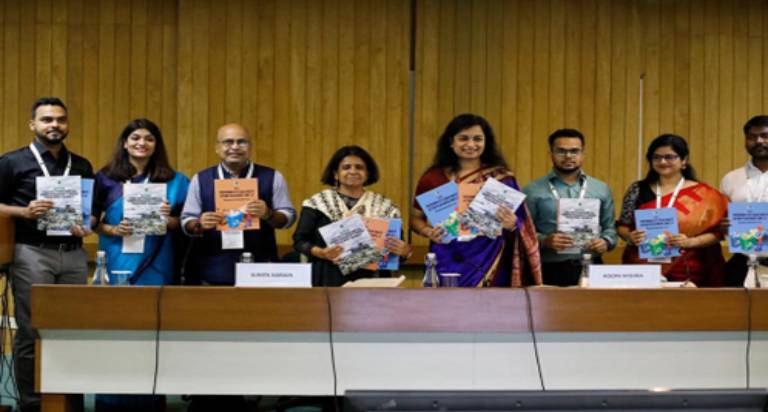Unlined and poorly designed dumpsites pose significant environmental and health risks, including greenhouse gas emissions and water pollution. Recent efforts to bioremediate legacy waste have gained traction, particularly with the Swachh Bharat Mission 2.0 mandating Urban Local Bodies (ULBs) to remediate existing dumpsites by 2023 and 2024, depending on population size. This initiative aims to address millions of tonnes of legacy waste in the coming years, with ULBs playing a crucial role in managing over 3,000 dumpsites containing more than 1,300 million tonnes of waste. The bioremediation process will focus on the beneficial use of extracted waste and land reclamation. The Centre for Science and Environment (CSE) recently held a National Symposium to discuss these issues and launched its toolkit on Legacy Waste Management and Dumpsite Remediation, bringing together experts to explore the future of dumpsite remediation in India.


